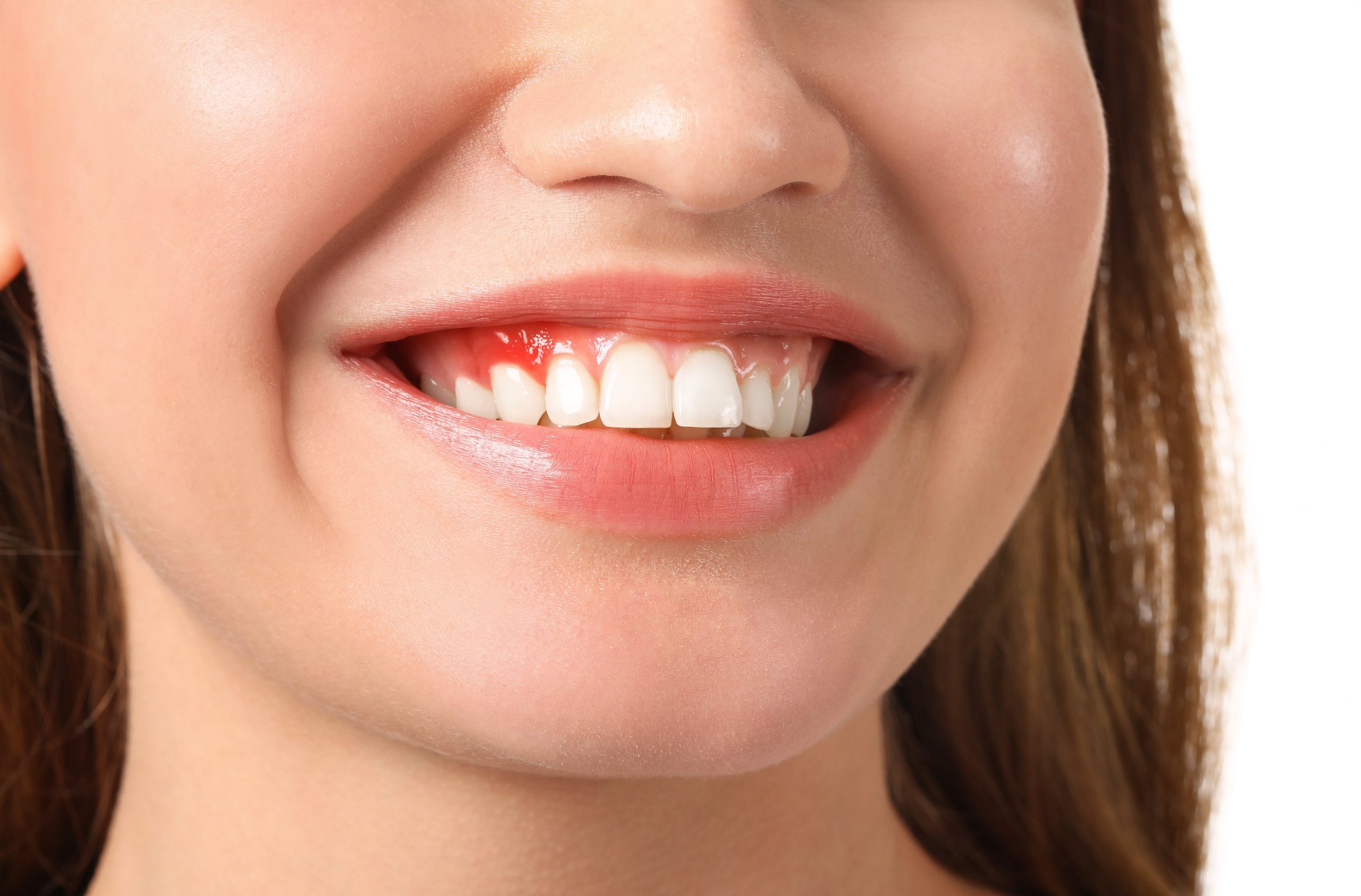A misconception that continues to surface is that dental fillings can hurt and they can last a lifetime. Unfortunately, that’s not the case.
So, what constitutes the shelf life of a dental filling?
A problem with a tooth is a problem for life. In the context of a dental filling, if a cavity has formed on a tooth, the cavity will stay there, but restorative treatments such as a dental filling will maintain the durability of the tooth, but the tooth cannot grow back to its healthy and natural state.
Once the built-up bacteria are removed by the dentist, the cavity will be filled either with composite resin, amalgam, gold or porcelain materials, depending on what’s most appropriate for the tooth. Here is a details guide on cavity prevention to keep your teeth healthy.
The Filling Is In, But How Long Do Dental Fillings Last?
There is no set answer to this question compared to other cosmetic treatments where, for example, traditional braces will have a set treatment plan which includes how long the braces will be fitted.
Many factors determine how long do fillings last, but dental fillings aren’t meant to last forever.
Let’s take a look at some of the factors that answer the question; how long do fillings last?
Caring For Your Filling
For dental fillings to last for as long as possible, the patient is responsible for ensuring its well looked after when fitted. Oral hygiene plays a crucial role in this. Poor oral hygiene is the culprit of dental cavities, and if you do not carry out hygiene steps such as brushing and flossing your teeth, avoiding solids that can dislodge the filling and changing your food habits, the filling will loosen due to further infection.
The Filling Area
The area where the filling is placed also plays a part in how long a dental filling last. Some teeth are under more stress than others, for example, the biting surfaces and molars which generally go through more stress. Teeth grinding is also a condition that can impact the duration and health of the filling.
Type Of Material
A key factor that impacts the duration of a dental filling is the material used. Some types of material are maybe unsuitable for certain patients. The dentist will recommend the best filling to suit your tooth needs.
- Amalgam – Amalgam fillings have been used longer than most filling materials due to their durability. Although, amalgam can degrade quickly if you’ve certain conditions that can damage the filling. Amalgam can last for up to 15 years.
- Composite Resin – Composite resin matches your tooth shade, meaning they’re less visible to the human eye. Composite resin lasts for up to 5 years but may last longer depending on how well the filling is looked after.
- Gold – Gold fillings are typically the most expensive but are more aesthetically pleasing and one that patients are likely to choose. Gold fillings do not corrode and can typically last for up to 15 years.
- Porcelain – Porcelain is comparable to Gold fillings in respect to duration and for large cavities but isn’t expected to surpass gold material because porcelain can degrade quicker. Although, porcelain is more durable in comparison to amalgam and resin and can also last up to 15 years.
If you’re seeking more information as to how long do fillings last and their treatment before considering whether you need dental filling treatment, consult our Garran dental team so that you can make an informed decision on the type of filling you need.


